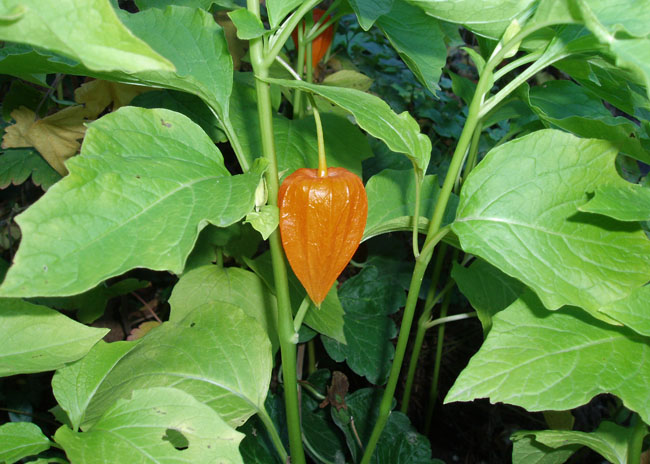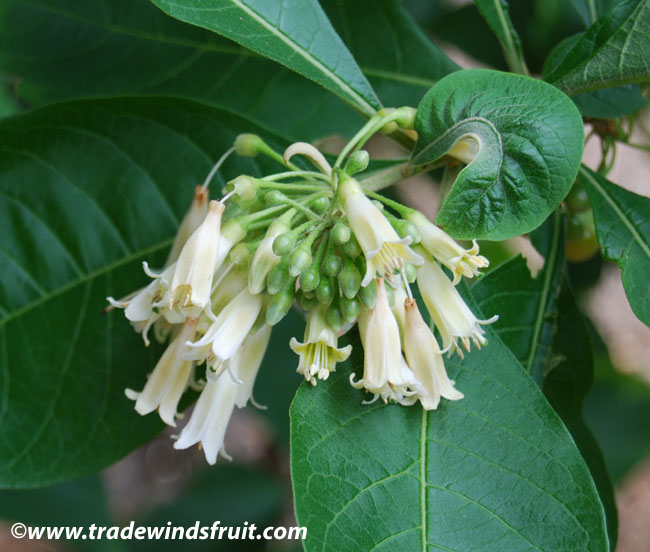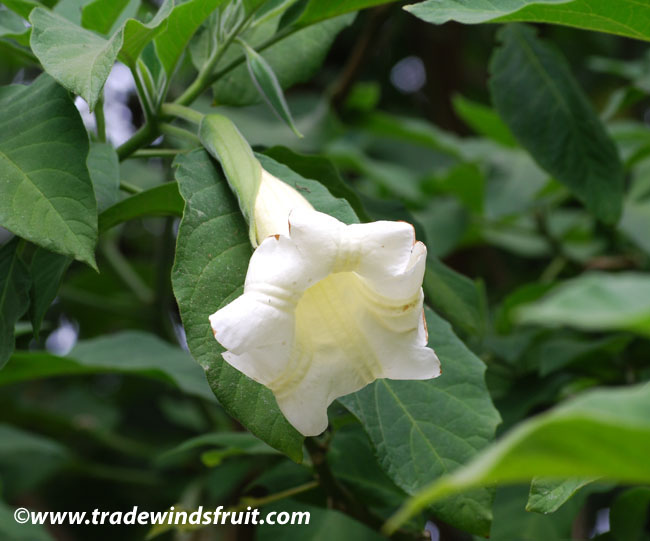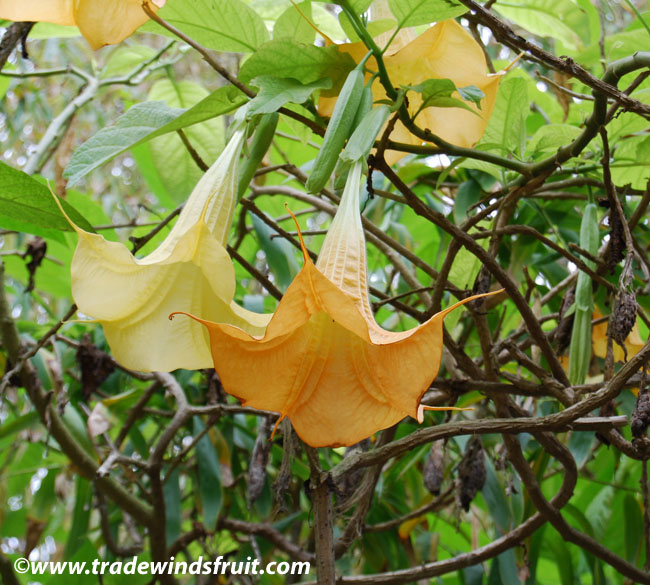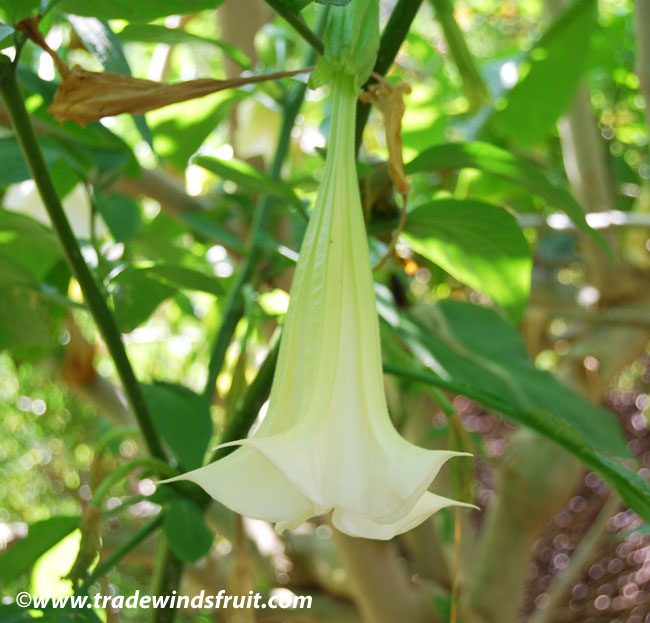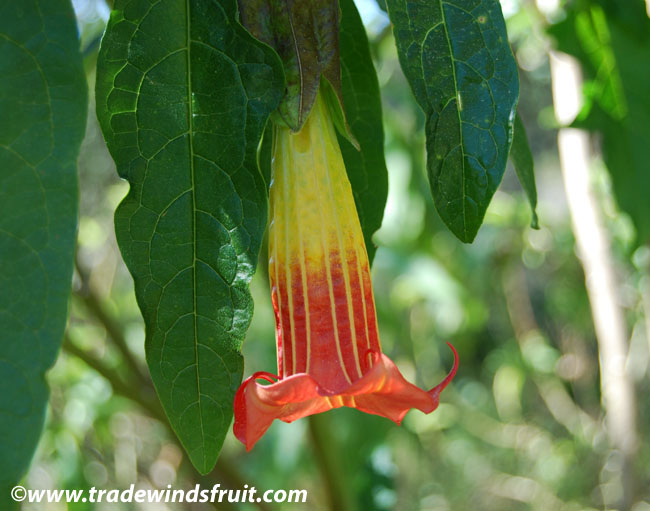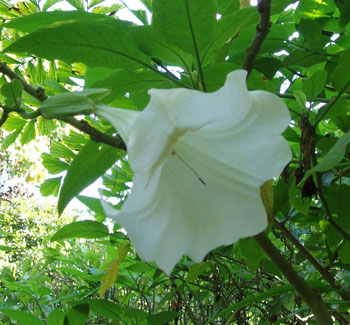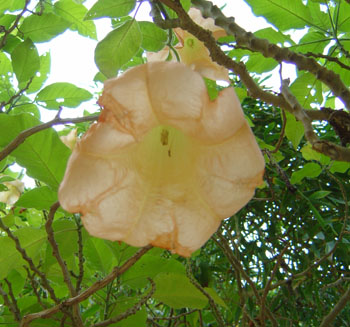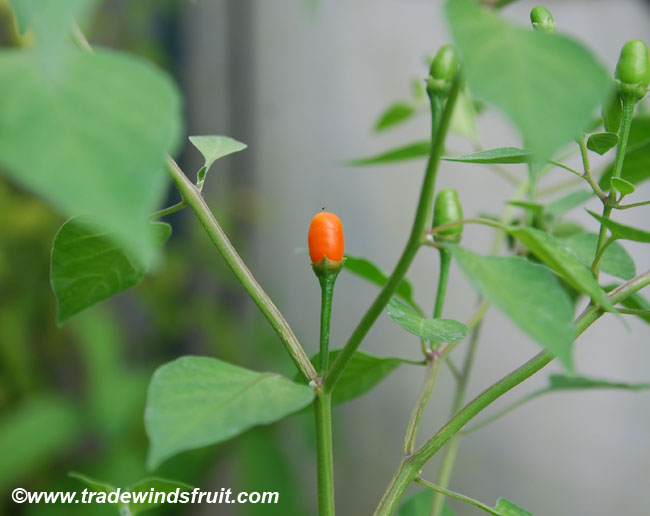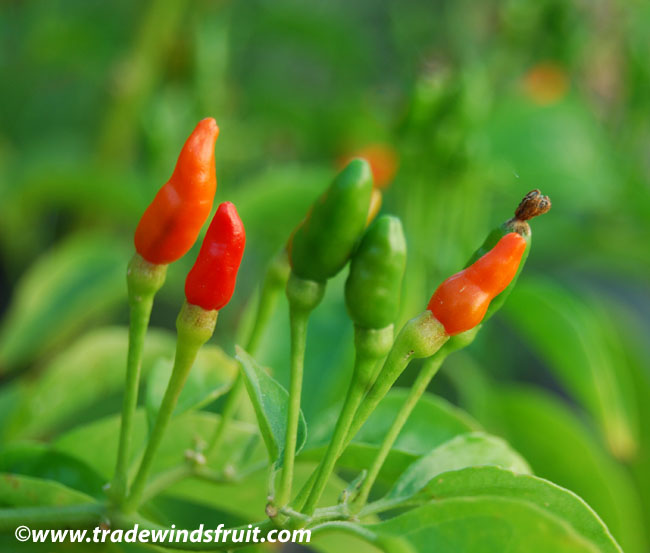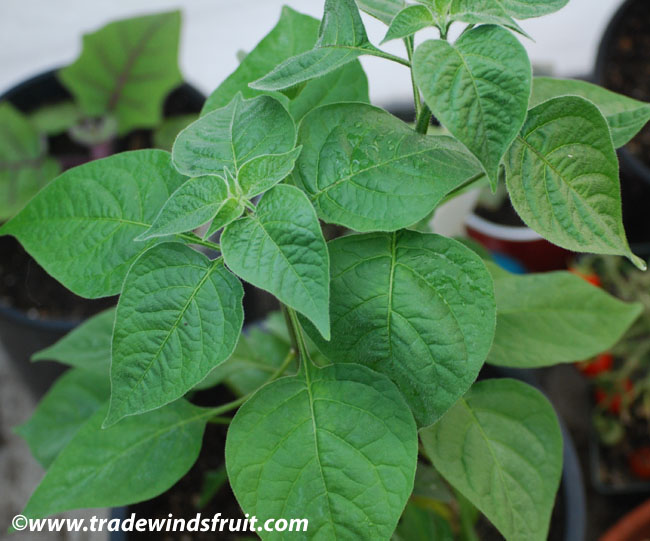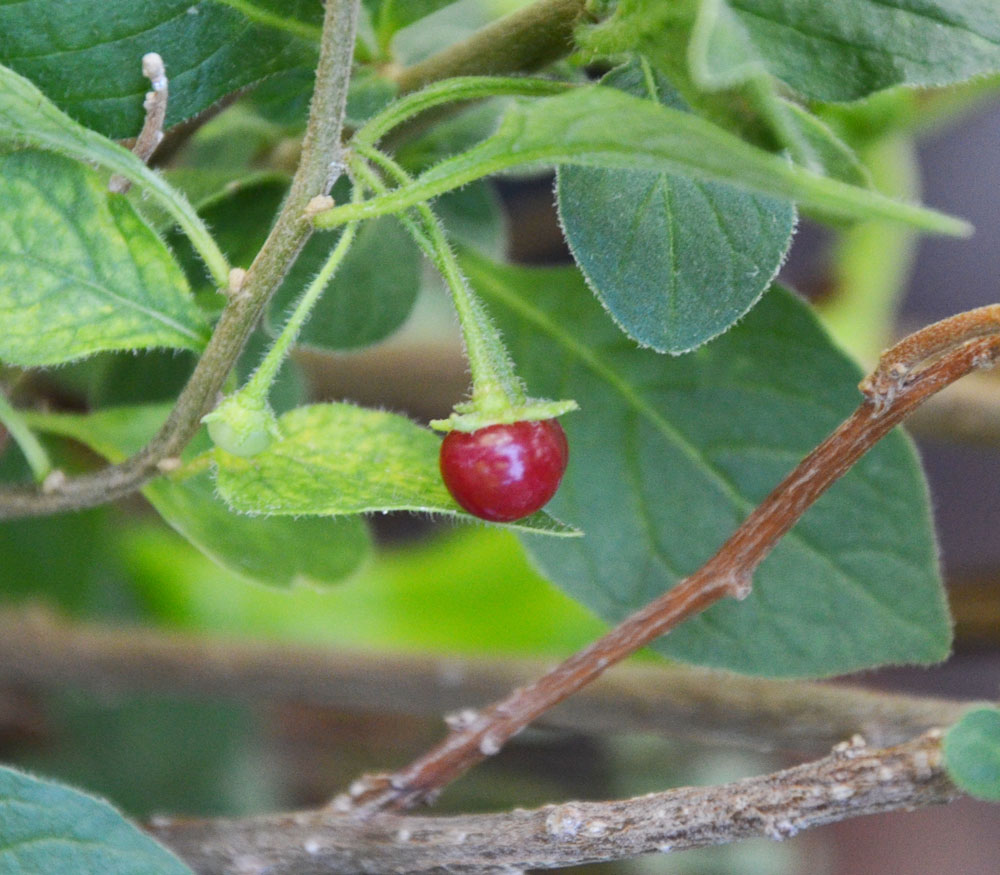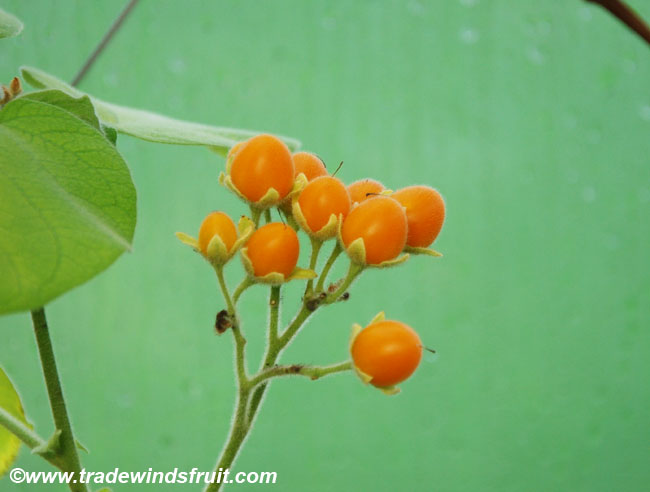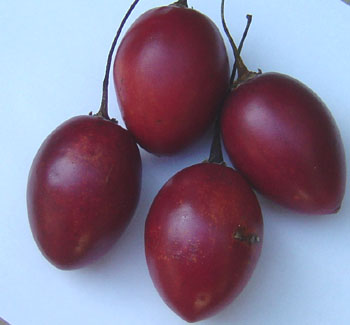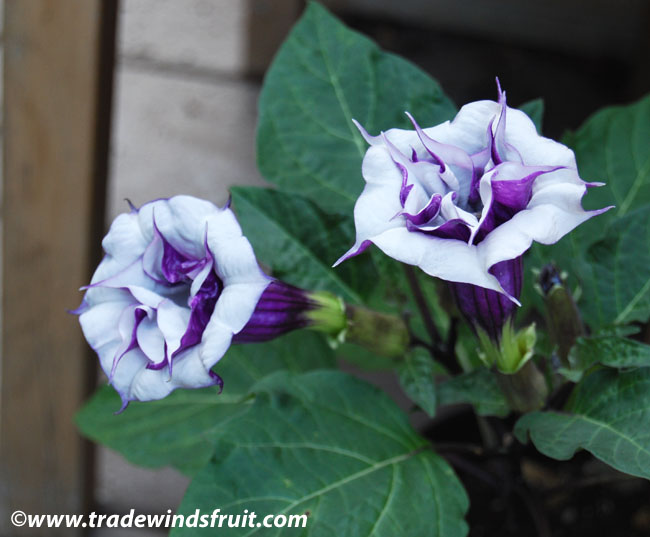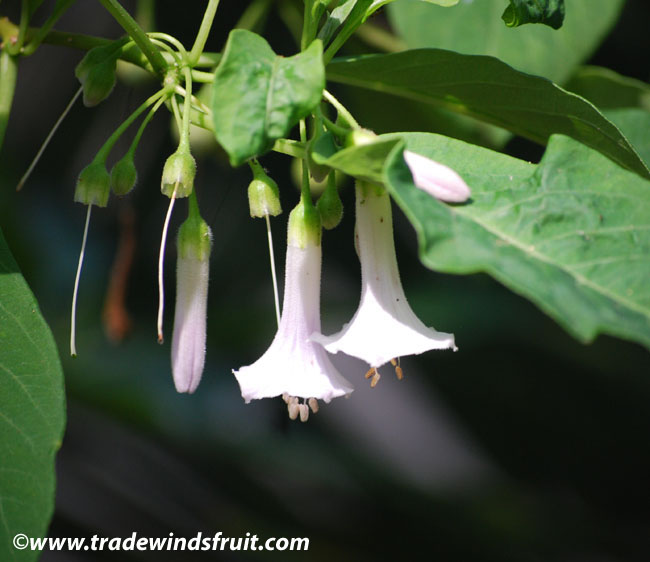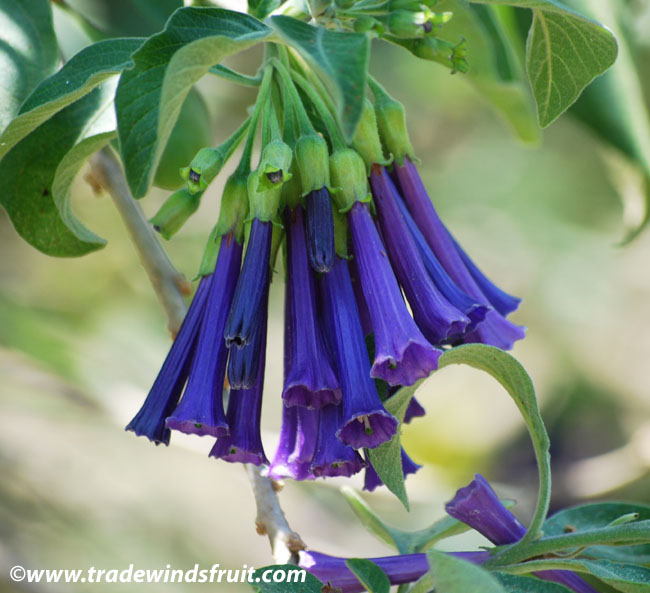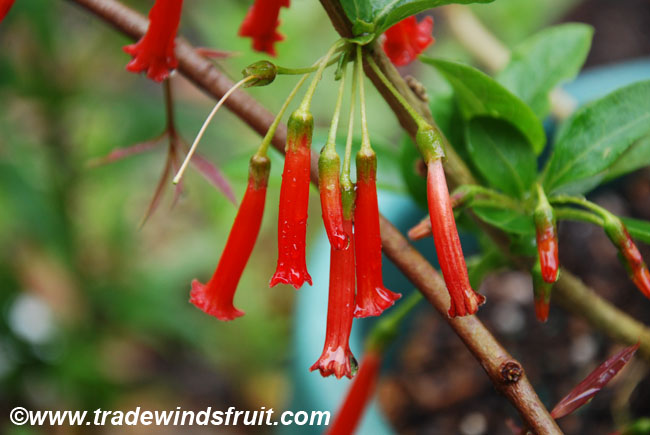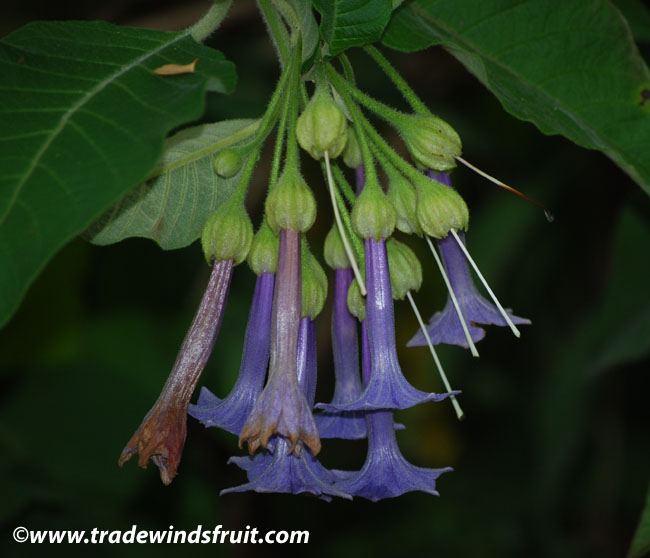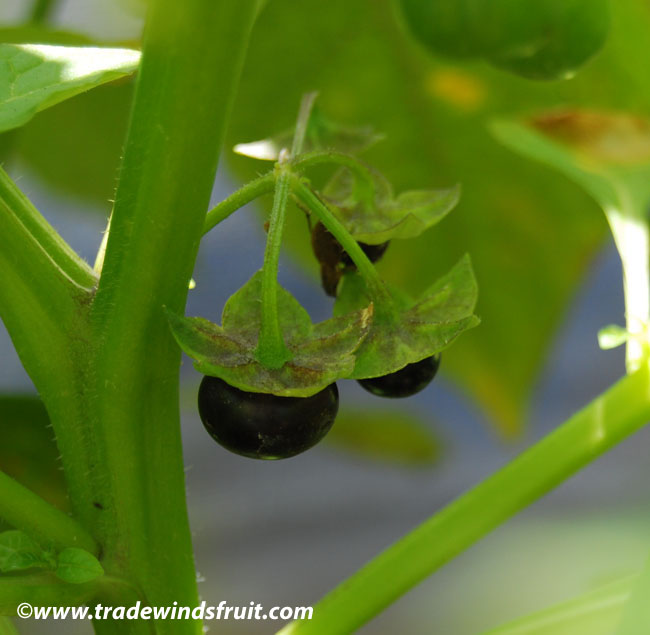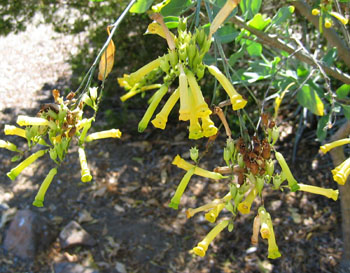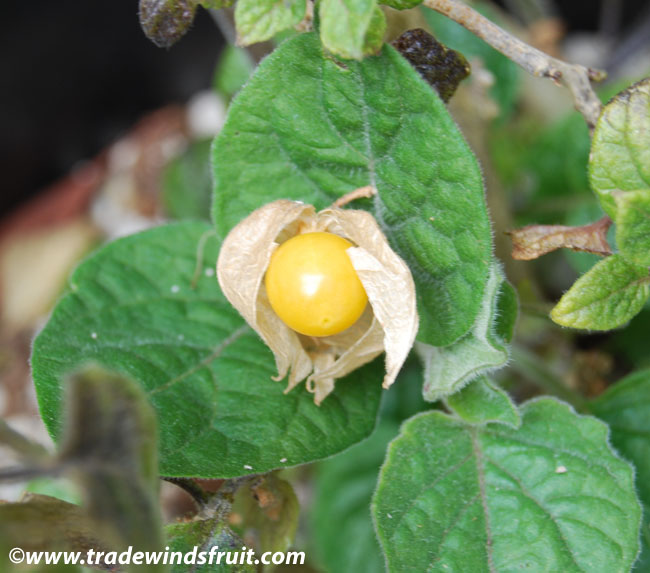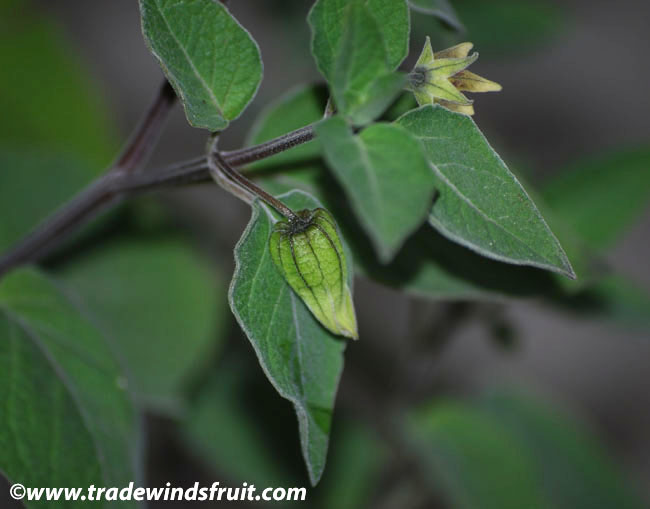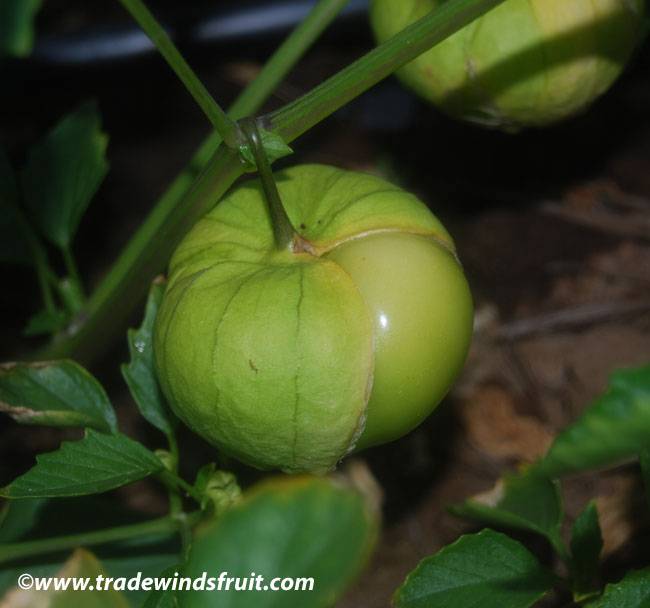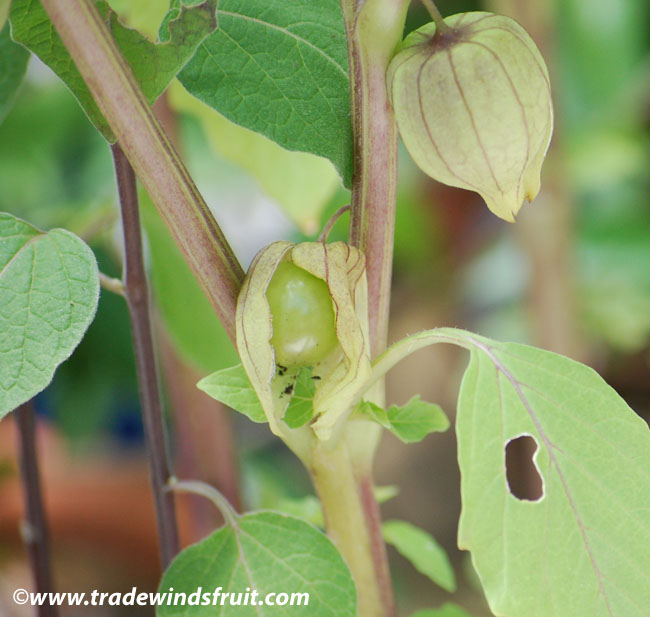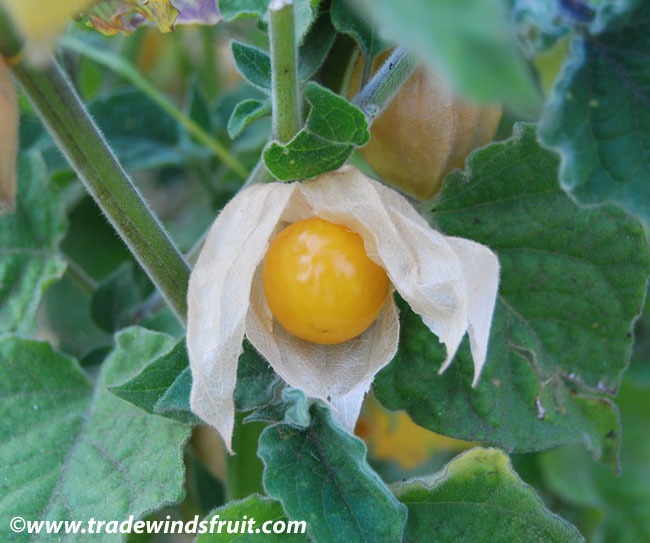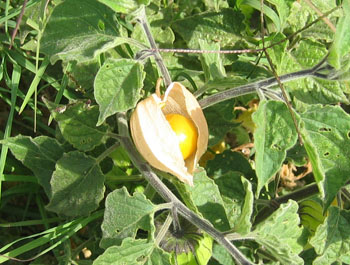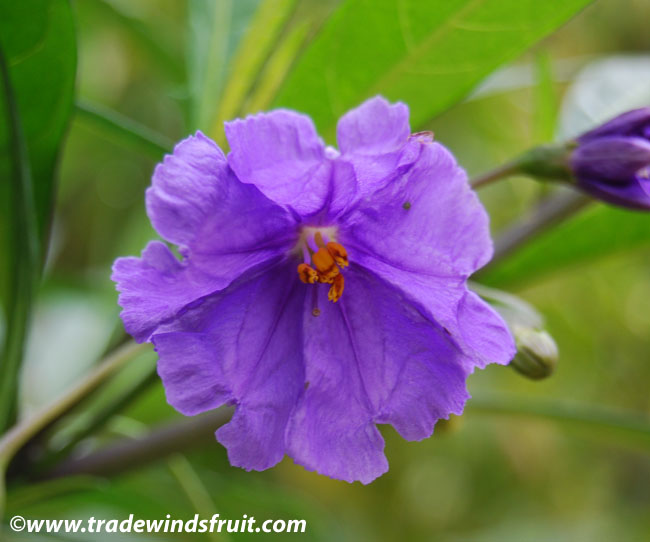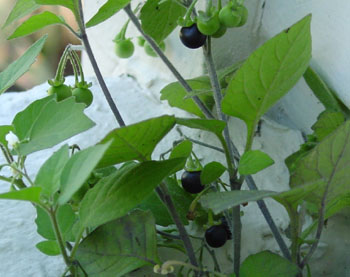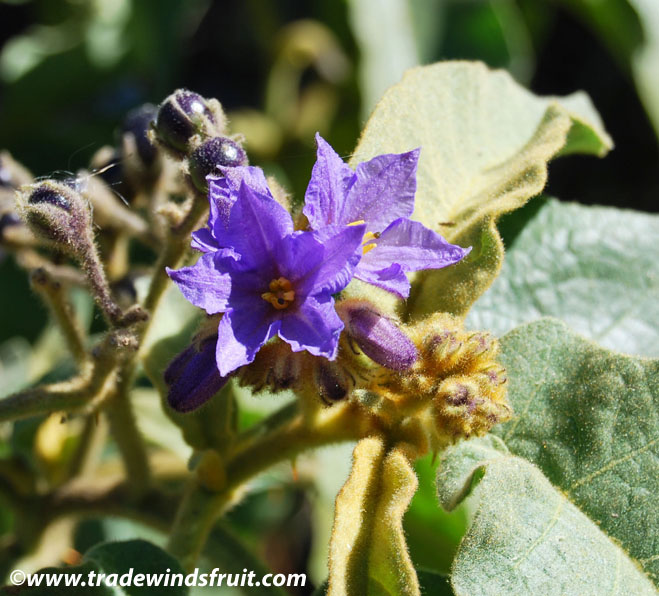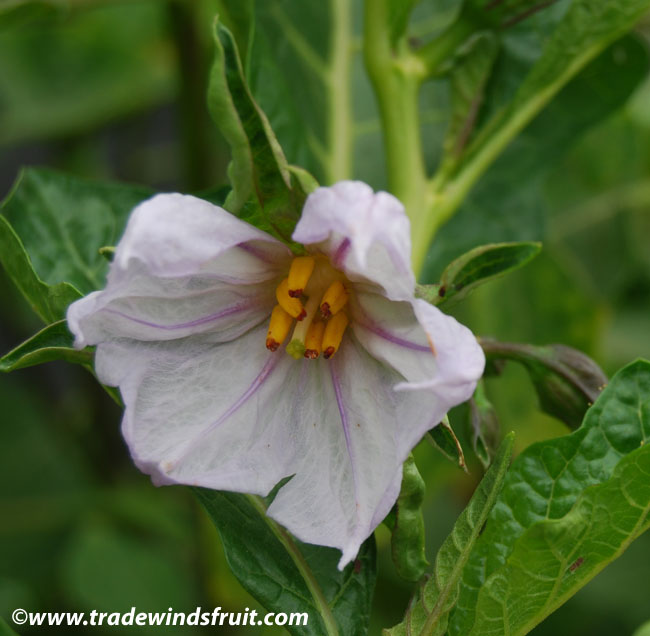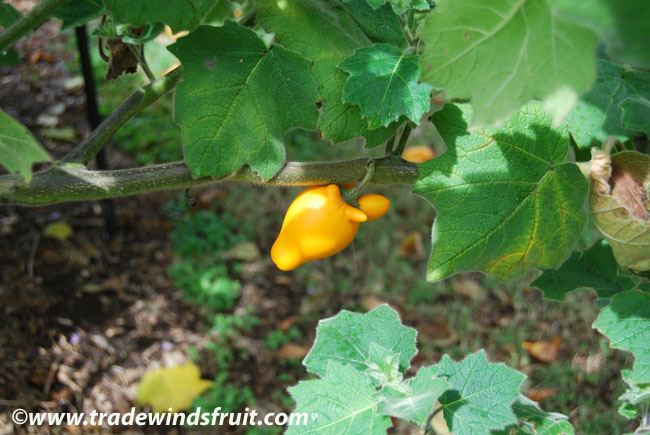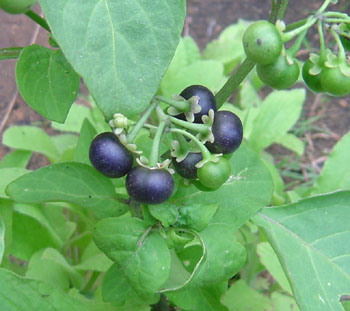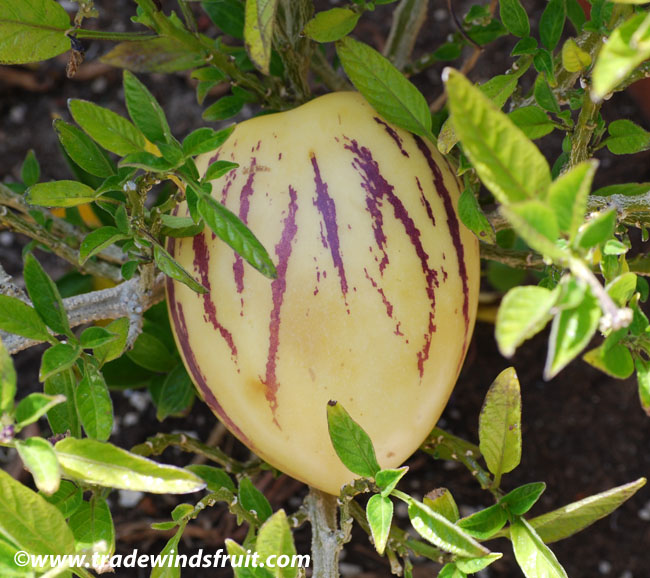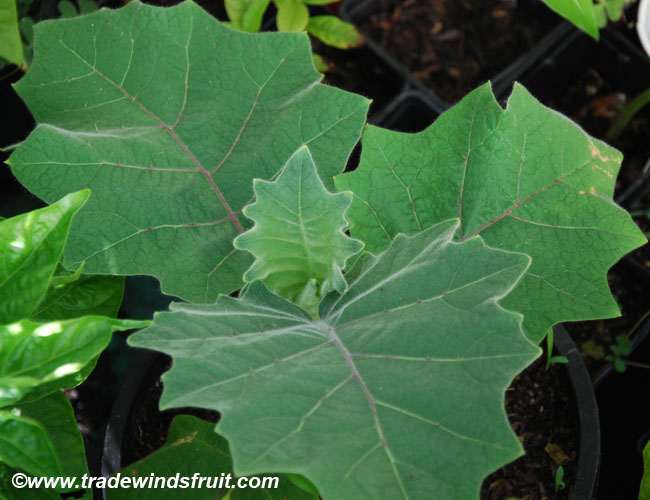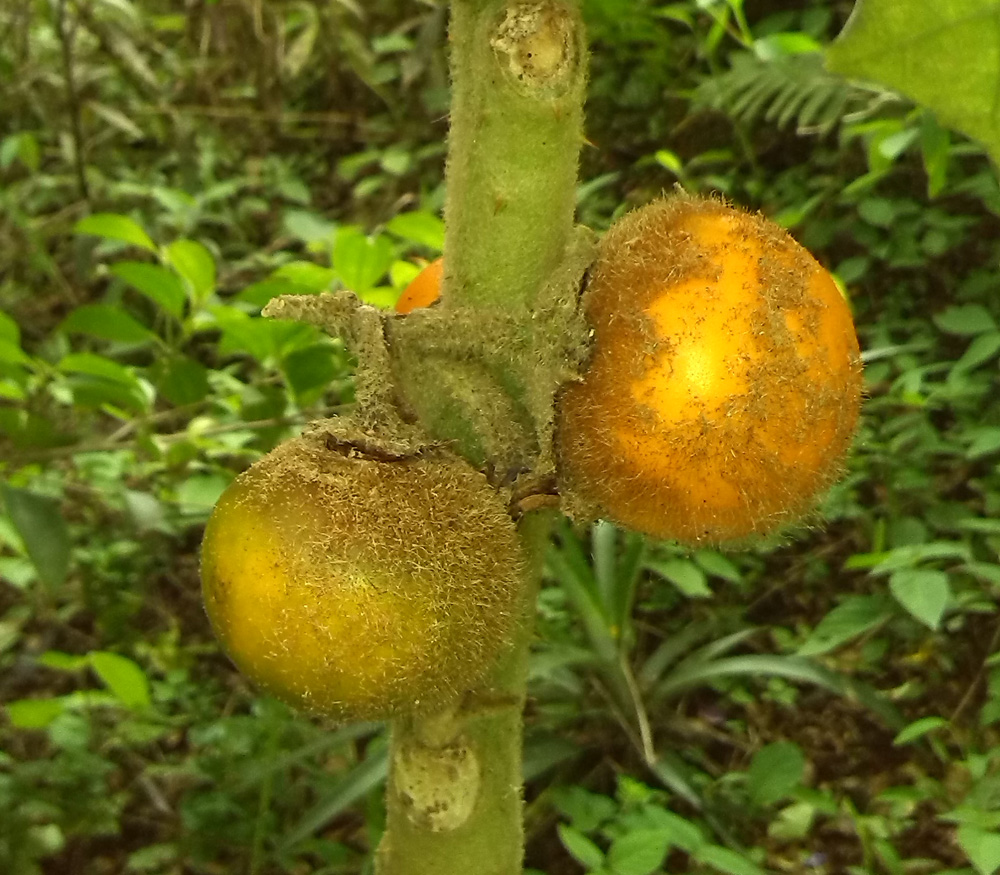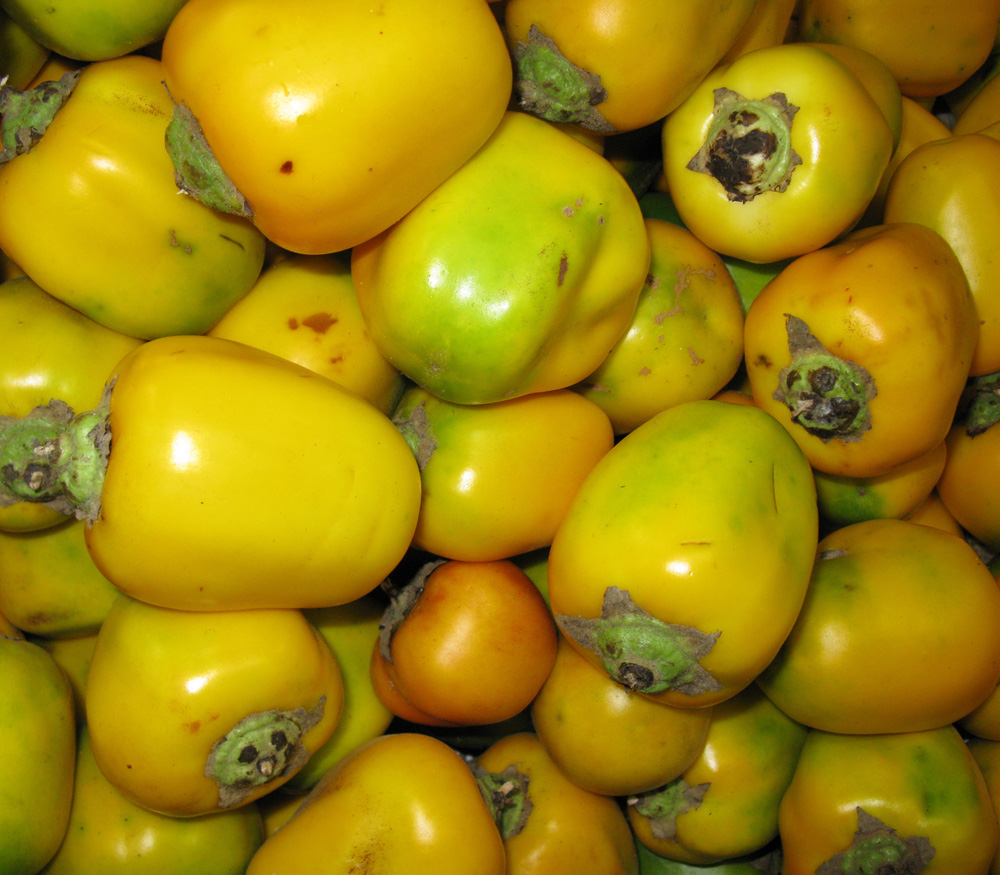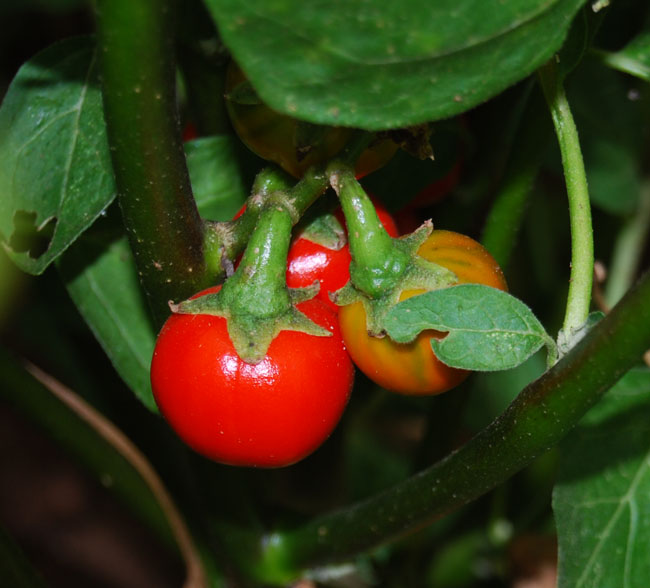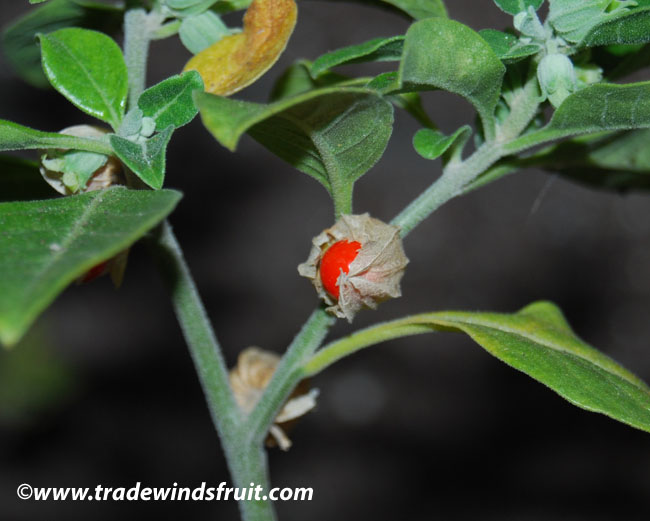- Home »
- Information »
- Chinese Lantern
Chinese Lantern
Physalis alkekengi
The Chinese Lantern is a beautiful and recognizable garden ornamental that also bears an edible fruit! Most known for its bright orange "lanterns" which decorate the plant in season.
Seed Availability
Seeds are now available at our seed store.
Description
A short perennial usually growing to no more that 2ft. Both leaves and fruits are decorative. It is a vigorous plant and can spread if left unchecked.
Hardiness
Hardy to 20F and lower in its dormant state. Can grow as an annual and will reseed itself in most climates.
Growing Environment
Can be successfully grown in full sun or part shade. Generally likes moist soil so watering is necessary in drier climates.
Propagation
By seed.
Germination Info
Physalis seeds are usually fairly easy to germinate, though germination time can be a bit longer than other vegetable seeds.
1) Prepare for planting. Physalis seeds should be sprouted in small containers, preferably 4" or smaller. In-ground germination is not recommended because conditions are not as easily controlled. Use a standard potting mix that is well drained. Make sure potting mix is damp prior to planting the seeds. With very small seeds such as Physalis, watering overly dry soil can cause the seeds to dislodge from their position and sink deep into cracks in the soil. Seeds that sink deeply into soil will not be able to reach the soil surface once germinated.
2) Plant seeds. Plant seeds 1/4" deep in the soil. Cover with soil and water carefully. Over watering can cause fungal growth which leads to seed rot. Excess water can also bury seeds deep in the soil where they will not be able break the surface. Water when the soil surface just begins to dry. Multiple seeds can be planted in a single starter container, but should be thinned once seedlings appear so only a single plant remains.
3) Germination. Soil should be kept consistently warm, from 70-85F. Cool soils, below about 60-65F, even just at night, will significantly delay or inhibit germination. Hot soils above 95F will also inhibit germination.
4) Care of seedlings. Once a few true leaves have developed, seedlings should be slowly moved outside (if sprouted indoors) to ambient light. Care should be taken not to expose seedlings to direct, scorching sun so plants may need to be hardened off via slow sun exposure. Hardening off can be done using a shaded or filtered light location, as well as protection from strong winds, rain or low humidity. Hardening off time varies, but can take 5-10 days.
5) Planting out. Plant in the ground once danger of frost has past and daytime temperatures consistently reach 65F.
Germination time: 2-6 weeks under ideal conditions.
Uses
Almost always grown as an ornamental for its brightly colored, orange husks (lanterns) which cover the fruit. The lanterns are sometimes used in floral decorations, usually with leaves removed. The fruits are edible and suprisingly, are higher in vitamin C than lemons. Care should be taken though, as all other parts of the plant are poisonous. The plant also has a long history of medicinal uses.
Native Range
Central Asia through China. Has naturalized in some parts of the United States and many other countries.

